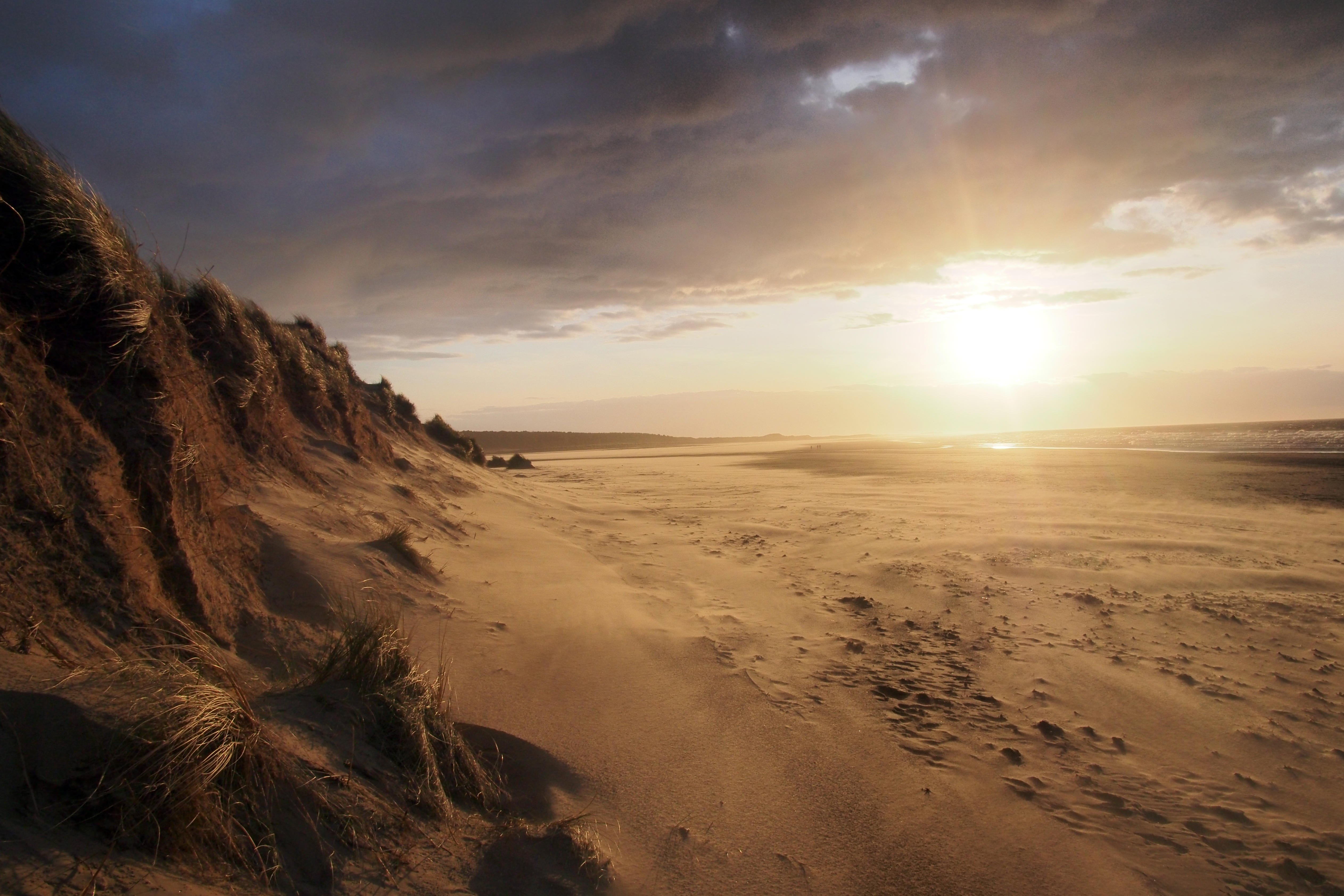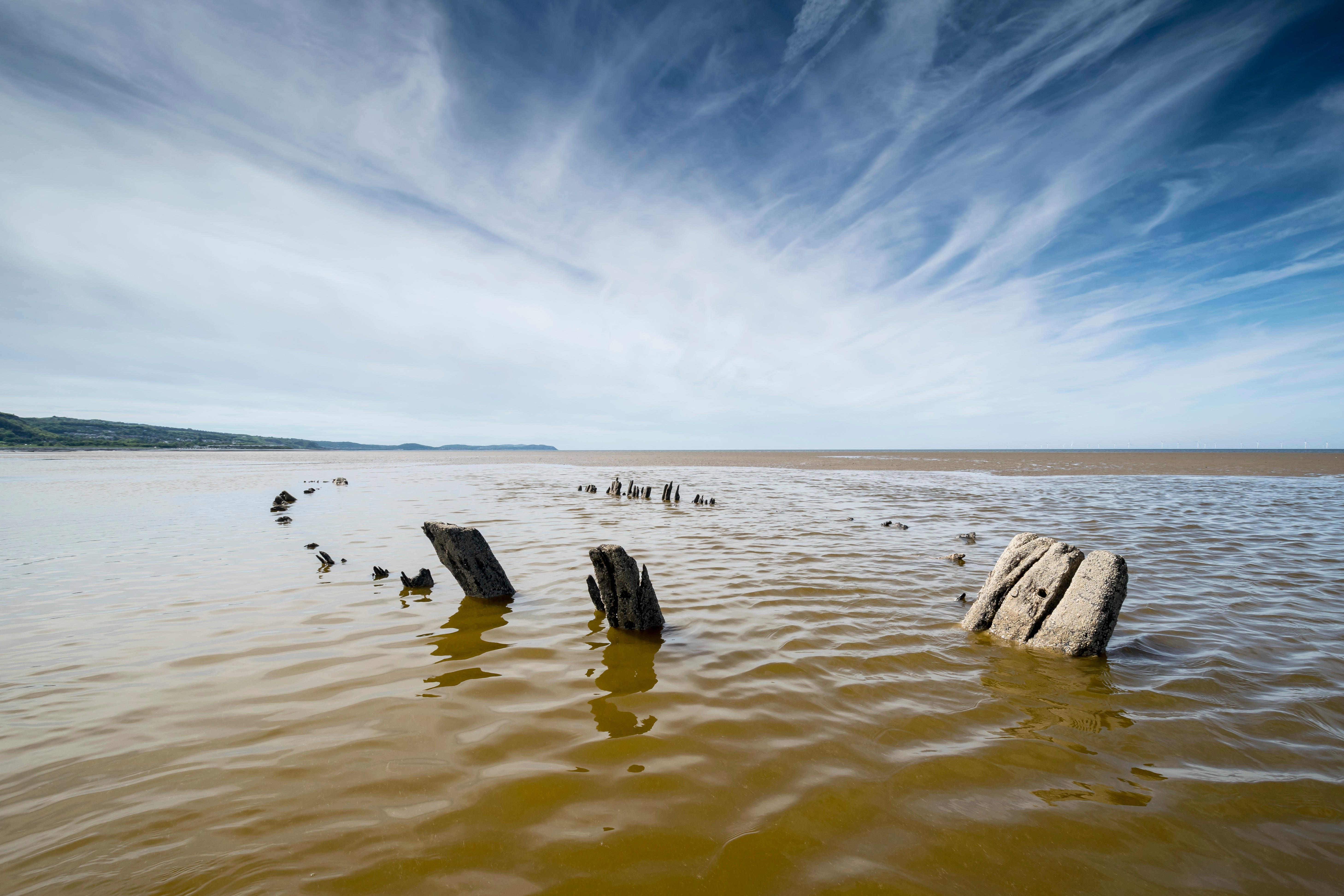Norfolk gets three miles of new beaches in a groundbreaking sandscaping project
Engineers pumped more than 1.8 billion cubic metres of sand to protect the North Norfolk coastline near Bacton and Walcott from erosion and storm surges.


A Norfolk sandscaping project could become the blueprint to save British shores from erosion. The £22 million scheme, which is the first of its kind in the UK, has created three miles of new beaches from Bacton to Walcott.
That stretch of Norfolk’s northern coastline has been particularly hit by erosion, with Bacton Gas Terminal — originally built more than 300 ft from the sea — now set just 30 ft away. In particular, the storms of December 2013 caused enormous damage, almost halving the buffer in front of the terminal and flooding the nearby villages.
The option to use a concrete barrier to protect the terminal, which supplies a third of the UK's natural gas, was ruled out early on because it could accelerate erosion elsewhere, with a devastating impact on neighbouring Bacton and Walcott. By contrast, the sandscaping project, which has been pioneered in the Netherlands, protects the terminal behind a 3.7-mile dune while also shielding the villages further down the coast.
Dutch engineering firm Royal HaskoningDHV has pumped more than 1.8 million cubic metres of sand, taken from licensed seabed dredging areas, to replenish the Norfolk shore.
Enough to fill half of Wembley stadium, the sand has increased both the height and the width of the local beaches. Waves and tides will now redistribute it down drift. This should shelter that stretch of coastline from both erosion and storm surges for at least 15-20 years, according to Royal HaskoningDHV’s flood and coastal management advisor, Jaap Flikweert.
'We expect it will take about 15-20 years until this has eroded to a point where they have to think again about: "Well do we need to do something again?"' he told the BBC.
The same technique could be successfully employed elsewhere in the UK, with 15 sites already identified as potentially benefitting from sandscaping.
Sign up for the Country Life Newsletter
Exquisite houses, the beauty of Nature, and how to get the most from your life, straight to your inbox.
'Certainly for the Norfolk, Suffolk and Essex coast, we have a very dynamic coastline, where the beaches comprise of relatively soft sediments, which move very easily under the conditions that the North Sea brings to us,' John Bacon, a scientist at the Centre for Fisheries, Environment and Aquaculture Science, told the BBC. 'In all of those areas, this type of project could work.'
'It’s incredibly exciting to see this project come to fruition,' said North Norfolk District Council’s Leader, Councillor Sarah Bütikofer. 'Protecting local homes, communities, businesses and nationally important infrastructure from the full force of the North Sea, this innovative Scheme — a prime example of engineering with nature — has been designed to address the real threat of coastal erosion and its devastating impact which here in North Norfolk we are all too familiar with.'

Credit: Philip Smith/Alamy Stock Photo
Extreme weather exposes shipwreck of a sailing boat that sunk without trace in 1854
The remains of the sloop were uncovered on Pensarn Beach in Abergele, North Wales.
Carla must be the only Italian that finds the English weather more congenial than her native country’s sunshine. An antique herself, she became Country Life’s Arts & Antiques editor in 2023 having previously covered, as a freelance journalist, heritage, conservation, history and property stories, for which she won a couple of awards. Her musical taste has never evolved past Puccini and she spends most of her time immersed in any century before the 20th.
-
 Six rural properties with space, charm and endless views, as seen in Country Life
Six rural properties with space, charm and endless views, as seen in Country LifeWe take a look at some of the best houses to come to the market via Country Life in the past week.
By Toby Keel
-
 Exploring the countryside is essential for our wellbeing, but Right to Roam is going backwards
Exploring the countryside is essential for our wellbeing, but Right to Roam is going backwardsCampaigners in England often point to Scotland as an example of how brilliantly Right to Roam works, but it's not all it's cracked up to be, says Patrick Galbraith.
By Patrick Galbraith
